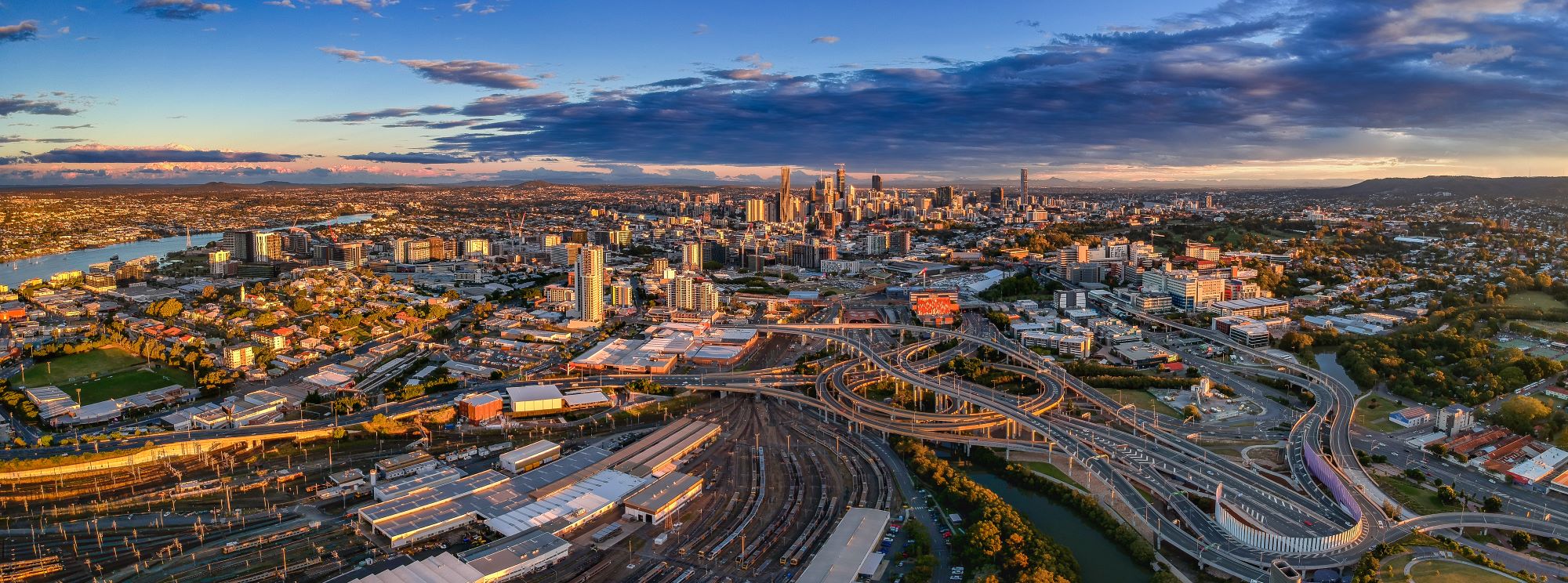Peak demand
When we all work together to put less demand on the electricity network, everybody wins.
What is peak demand?
Peak demand is when electricity usage on the network is at its highest.
Just like you might catch the train to work or the road you might drive to work, the electricity network has its own ‘rush hour’. We often refer to this ‘daily peak demand’, when the network is as busy as the roads at knock-off time.
Here in Queensland, this tends to be between 4pm and 8pm, when many households switch on energy-hungry appliances like air-conditioners and pool pumps at the same time as other everyday appliances. Given our climate, the time during the year where peak demand is the highest is during the summer months when air conditioning use by business and homes is the highest.
Our electricity network demand monitor shows real-time electricity usage and is a great way to learn more about peak demand times.
What is minimum system load?
Large numbers of Queensland homes and businesses have installed rooftop solar PV in recent years, with over 30% of homes now generating their own electricity. This means that customers are not only using the less grid supplied electricity during the day, many are exporting surplus solar power to the grid. This has resulted in a significant change to the demand on the network during the day, with the amount of electricity being used from the gird decreasing each year. This is a concept known as ‘minimum system load’ – which provides its own challenges to manage low electricity demand to ensure a stable and secure electricity supply for our customers.
How does it affect you?
As an electricity distribution business, our key role is to manage electricity demand across the whole network, but also in the local network. The higher the peak demand in an area, the higher the chance of power outages might occur. This can occur if the demand for electricity has outgrown the network originally built for the area and it can no longer keep up at peak times. To reduce the risk of power outages caused by peak demand, we may spend more to upgrade the electricity network in areas with high peak demand.
Similarly, if demand on the network falls well below the supply due to excess solar generation, this can also impact on grid stability. Smart management of peak demand means fewer power outages, less need for new infrastructure and, ultimately, lower electricity bills. The tips below are ways that you can assist with managing demand on the electricity network.
Most residential customers are charged a flat rate for the electricity they consume. But to reflect the impact of customers use of the network, new tariffs are being implemented which charge higher rates during peak times but offer significant discounts for electricity consumed during off-peak times. Talk to your electricity retailer about time of use or demand tariff options - if your household can manage energy consumption during peak times by implementing some of the tips below, you could see on-going savings on your bill.
Peak Demand
Skip to descriptionEveryone’s different, but there’s one thing we all share. Whether you’re coming home from work, school, shopping or saving the world, we want to use electricity.
We turn on the light, the TV, stove, oven, dishwasher, washing machine, dryer, air-con, computer - in fact we all use a lot of electricity at the same time, usually between 4pm and 8pm each night. And on days that are very hot or very cold we use even more.
And we know what happens when we all want to use something at the same time.
It’s the same with electricity. When we all use it at the same time it puts strain on the network. It means more infrastructure like generators and high capacity powerlines are needed just to cope with those few times a year that everyone uses more electricity, which can add even more to everyone's power bill. Yet if we change our habits just a little, then demand on the network could be spread more evenly.
It's a simple as switching your hot water and pool pumps to economy tariffs, choosing energy efficient appliances, switching off the aircon and turning on a fan. Or, instead of cooking on a stove, fire up the barbecue. So think about what small changes you can make between 4pm and 8pm, because small things can make a big difference.
Watch this video to see how small changes can make a big difference between 4pm to 9pm.
If you have recently moved to a time of use energy or time of use demand tariff, we’ve compiled some tips and hints to help you understand the ways to manage your electricity use in your home, to help you save on your power bills.

